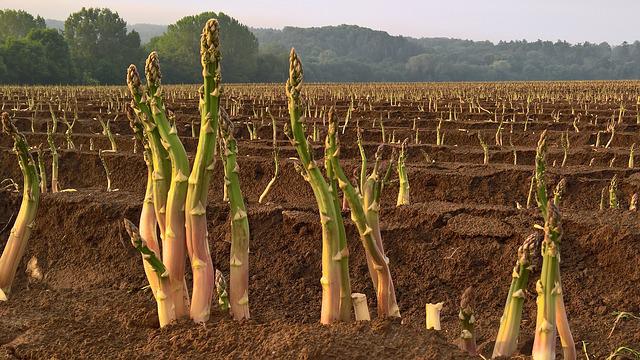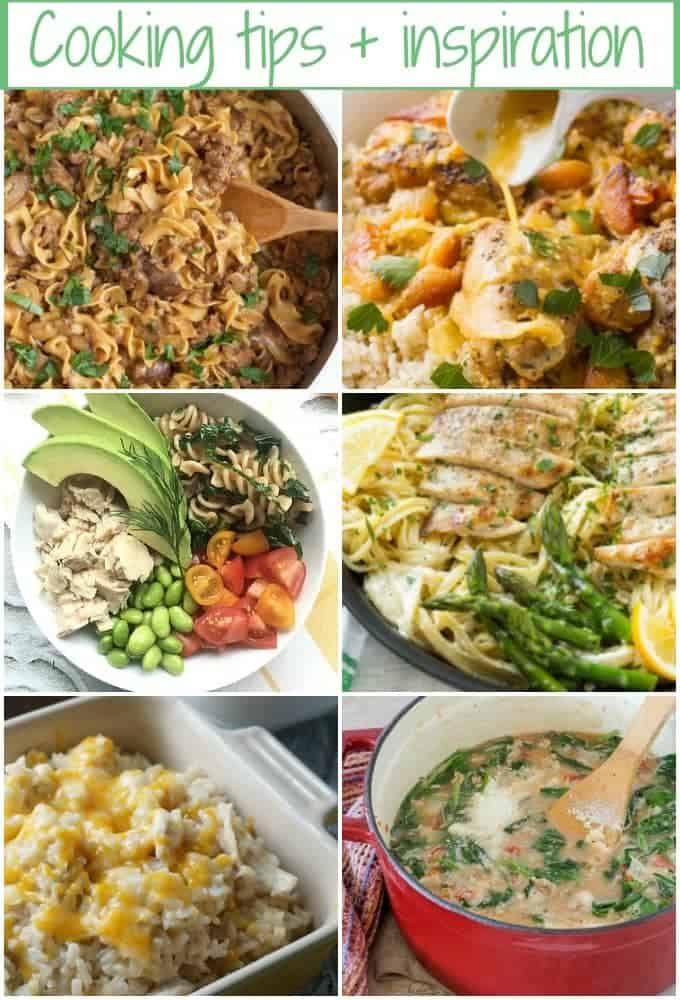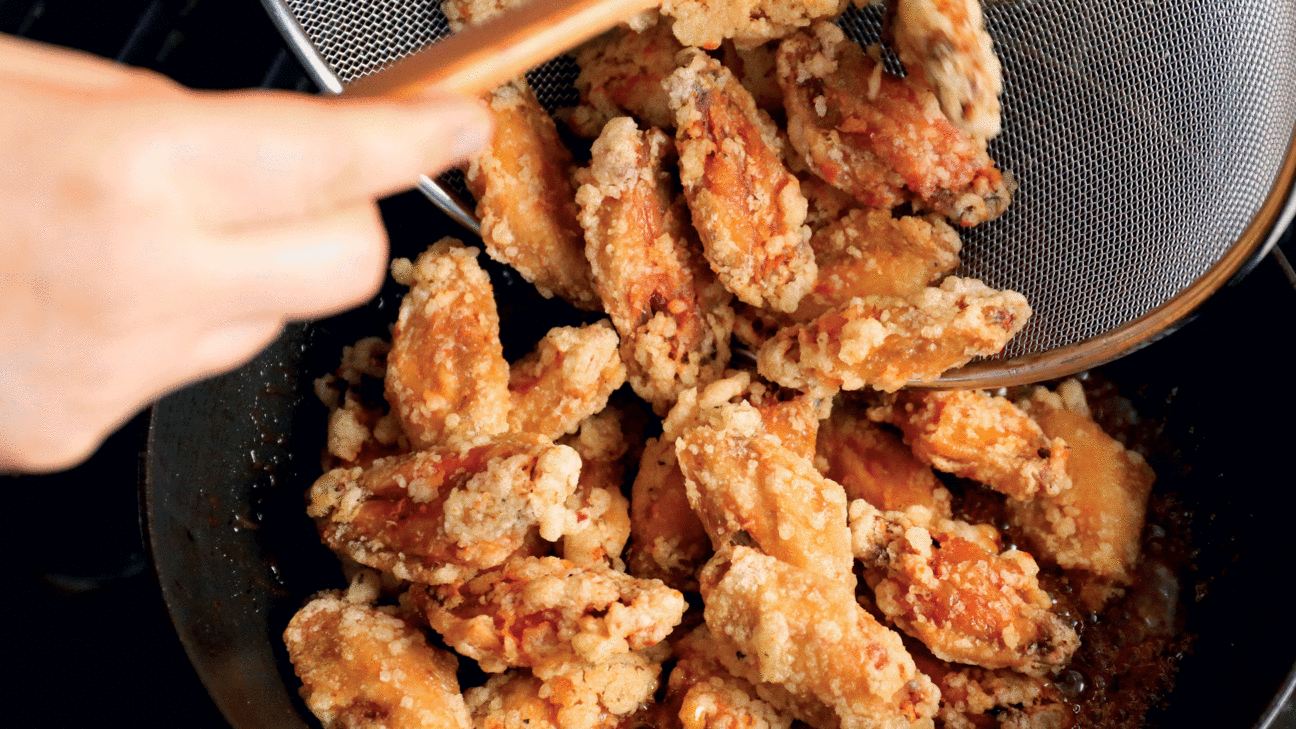
In my last article, I discussed the importance of cooking skills 101, and how Chef de Cuisine Joey Delago's class explains each task and its associated skill. I talked about the different task-specific categories of cooking skills and how they can be applied, including making stocks and activating yeast. These skills are critical for any chef, and a list of them can help you decide which ones should be mastered and which ones to ignore. This article will discuss some skills that you need to master before moving on to the next stage of your culinary journey.
Chef de Cuisine Joey DeLago's cooking skills 101 class
Chef de Cuisine Joey DeLago's cooking skills 101 class can help you learn the basics of cooking. This hands-on class covers the essential culinary skills that you need to prepare a multi-course meal. Joey will give tips on timing, preparation, presentation, and planning. You can also share your final meal with other home chefs.
Category-based cooking skills
The Food Agency defines cooking abilities as the combination of knowledge, skills, practices, and techniques that support a healthy diet. The framework recognizes that there are many obstacles to healthy eating habits. However, it focuses on improving food skills through the identification of appropriate measures. These measures must be simple to understand, should relate to other domains and can be applied across a broad range of sociodemographic levels. These four categories aim to address some the most pressing problems in the field of food skills.

Activating yeast
If you use yeast in your cooking, you'll need to know how to activate it. You can warm your tap water and run a little hot water through the yeast to activate it. In some cases, you may also need to add sugar or water to the yeast. These are some helpful tips to activate your yeast. Once the yeast is at a bubbly stage it can be used. It is essential to activate yeast during cooking for baking success.
Stockpiling
A stock can enhance the flavor of your meals and give depth to your dish. Stocks can be homemade using the flavors of vegetables, fish, and meat. Although you can use bottled water for making your stock, you might prefer to use the store-bought filtered water. There are many different types of stock recipes available, and it is important to follow a few basic guidelines to ensure that your stock is as flavourful as possible.
Whipping cream
Whipped cream makes a great topping for a dessert or cake. This classic dessert is simple to make but you need to be careful. It's not ice cream. Instead of a loose consistency, whip cream should have a fluffy, slightly curled peak that sticks with the whisk and doesn’t dissolve immediately. Soft peaks can be achieved by beating the cream with an electric whisk until it retains its shape.

Melting chocolate
Learning how to melt the chocolate is a must-have skill if you want to create amazing desserts. This is a complex task. We have some tips that will help you speed up the process and make sure it's done correctly. First, it is important to understand the correct technique. There are two ways to melt your chocolate. Double boiler means a heatproof pot or pan that has a glass, stainless steel or ceramic bottom. It is placed over a saucepan of simmering boiling water. You should use this method slowly and avoid letting the water splash into your bowl.
FAQ
Is there any special equipment that is required to cook?
To learn to cook, you don’t need to have any special equipment. The right tools can make cooking much easier. A knife can be used instead of a fork when making pasta, or a whisk could be used to whip up stiff egg whites. Having the right tools makes cooking less intimidating and allows you to start faster.
How Much Does it Cost to Learn Culinary Arts Skills?
The price of studying culinary arts varies widely. A four year degree is typically around $40,000. A two-year associate degree, on the other hand may cost less than $5,000. The type of program you choose will determine the tuition rates. The prices charged by private institutions are generally higher than the public.
Do I have to go to culinary school in order to be a professional chef?
No. No. Some chefs even attended culinary school to gain more experience. Most chefs prefer to go to culinary school to expand their professional opportunities. Culinary schools provide hands-on training that helps students develop valuable skills and enhance their culinary knowledge.
What should a beginning cook learn first?
An easy dish to start with is pasta, rice, or soup. A recipe book or a YouTube video can help you learn how to cook. Cooking with others is more enjoyable. Cooking together is fun with family members or friends.
How do you get hired as a Chef?
A culinary arts degree is the first step to a career as a chef. You can then join a professional group such as ACF. The ACF offers certification exams and networking opportunities.
What are the advantages of using a slow cooker to cook?
Slow cookers allow you to make delicious meals with minimal effort. Slow Cooker Recipes are often healthier than traditional recipes because they require less oil and fat. Additionally, slow cookers are more convenient than traditional recipes because they take care for themselves while you're sleeping.
Where can I buy good quality kitchen equipment?
High-quality kitchen equipment can be purchased online. There are many websites where you can shop for all kitchen tools. Be sure to read customer reviews before you buy any kitchen equipment. Ask others who have used similar items if you would like to recommend them.
Statistics
- The median pay for a chef or head cook is $53,380 per year or $25.66/hour, according to the U.S. Bureau of Labor Statistics (BLS). (learnhowtobecome.org)
- In the United States, the category is estimated at $23.2 billion annually and is growing faster than the market. (washingtonpost.com)
- On average, chefs earn $58,740 a year, according to the BLS. - learnhowtobecome.org
External Links
How To
How to make an omelet that is perfect
Omelets are my favorite breakfast dish. But how do you create them perfectly? I have tried many different recipes and methods, but none of them work. So I wanted to share some tips and tricks so that you can make delicious, fluffy omelets every morn.
Before we start making omelets, let's remember that eggs are temperamental. The eggs must be fresh from an organic source and kept at room temperature until they are ready to be cooked. You must keep them cool enough to allow the whites to form properly and the yolks to become too runny if they're not kept at the right temperature. Your omelets will look strangely colored if this happens. If you intend to cook your eggs immediately, it's best to use room-temperature egg.
You can also separate the egg before you add it to the pan. The yolk and white should not be mixed together as this can cause the omelet's curdle.
The egg can burn if it is placed directly on the stovetop. Instead, put the egg in the microwave for 10 seconds before putting it into the pan. The heat from the microwave cooks the egg just enough without overcooking it.
Next, let's discuss mixing the eggs. When mixing eggs, it is important to thoroughly beat them. You can do this by turning the bowl of your mixer upside down. Next, shake the bowl vigorously. By doing this, the egg is thoroughly mixed with the air in the bowl.
Now comes the fun part: adding the milk to your mixture. Fold the eggs in the milk mixture by first pouring half of it into the egg whites. Don't worry if there are still streaks of egg visible; these streaks will disappear once you flip the omelet.
After you have folded the eggs, heat the oil in a pan over medium heat. Once the oil has started to sizzle, turn the heat down to low. Add 1/4 cup butter to the oil and swirl it around to coat all sides of the pan. Next, carefully open the lid and sprinkle salt into your pan. A pinch of salt will prevent your omelet from sticking in the pan.
Once the omelet has formed completely, cover the pan and let it set for a few minutes. Flip the omelet over using a spatula or flip the pan upside down. Cook the other side for another minute or two. Serve immediately after removing the omelet from its pan.
This recipe works best when you use whole milk.